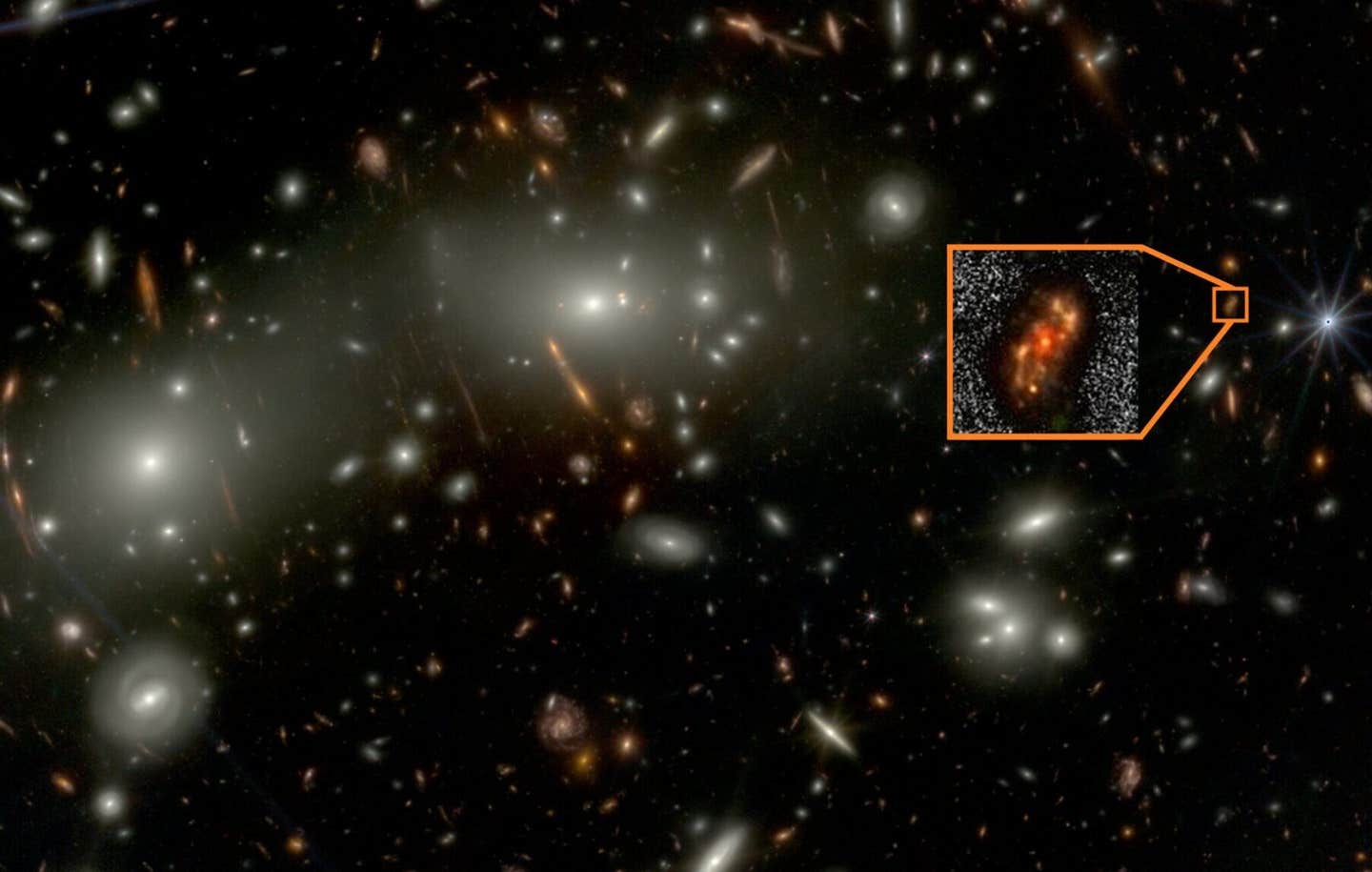Scientists reprogram elephant stem cells to revive the woolly mammoth
Scientists achieve a major milestone by reprogramming elephant cells, advancing efforts to revive mammoth traits and combat climate change.

Scientists have successfully induced elephant cells into an embryonic state, paving the way for reviving mammoth traits to restore Arctic ecosystems. (CREDIT: Andrew Nelmerm/Getty Images/Dorling Kindersley)
In a groundbreaking achievement, scientists have successfully induced elephant cells into an embryonic state, marking a major milestone for genetic engineering.
This development, spearheaded by Colossal Biosciences, opens the door to engineering elephants with traits of their ancient relative, the woolly mammoth. While the goal remains distant, this breakthrough represents hope for tackling environmental crises, advancing genetics, and saving endangered species.
The idea of reprogramming cells dates back 18 years, when scientists transformed mouse skin cells into embryonic-like stem cells called induced pluripotent stem (iPS) cells. These versatile cells can develop into nearly any type of tissue, making them essential for genetic engineering.
Since then, researchers have created iPS cells from animals like the endangered northern white rhinoceros and drill monkeys. Yet, inducing iPS cells in elephants proved exceptionally difficult—until now.
Dr. George Church, a geneticist at Harvard Medical School and co-founder of Colossal Biosciences, acknowledged the challenge, saying, “I think we’re certainly in the running for the world-record hardest iPS-cell establishment.” The journey wasn’t easy.
Colossal’s head of biological sciences, Dr. Eriona Hysolli, revealed that initial attempts using standard protocols failed. Their team eventually modified a chemical process used on mouse and human cells, carefully adjusting the gene TP53. The result? Four lines of elephant iPS cells with traits resembling embryonic stem cells.
These findings hold promise for editing elephant DNA to include mammoth-like adaptations—thick hair, fatty insulation, and cold tolerance—traits necessary for survival in arctic environments. Dr. Church envisions using these iPS cells to create tissues like blood and hair, enabling step-by-step testing before producing mammoth-like elephants.
The project goes beyond resurrecting a long-extinct species. Arctic permafrost—a frozen layer of Earth storing massive amounts of carbon—is melting at alarming rates. This process, fueled by Arctic temperatures rising four times faster than the global average, could release catastrophic amounts of greenhouse gases.
Related Stories
Microbes frozen for millennia reawaken, breaking down trapped plant and animal matter, releasing both carbon dioxide and methane. If just 2% of Arctic permafrost thaws, up to 28 billion tons of CO2 could enter the atmosphere.
Over 1.6 billion metric tons of carbon are currently trapped in Arctic permafrost, a figure twice as large as the carbon in Earth’s atmosphere today. Beyond carbon, the ice holds heavy metals, pollutants, and remnants of fossil fuel combustion—toxins with the potential to fundamentally alter life as we know it. Preserving permafrost is critical for humanity’s survival.
The woolly mammoth once played a vital role in maintaining permafrost. These megafauna flattened small trees, exposing grasses that reflected sunlight and stabilized the soil. Without them, invasive shrubs have accelerated permafrost thawing.
By reintroducing mammoth-like elephants to the Arctic, scientists hope to restore this lost balance. Dr. Church emphasizes that the ultimate goal is to “increase habitat resilience to climate change and environmental upheaval.”
To achieve this, Colossal’s team is exploring groundbreaking methods of reproductive biology. One approach involves transforming gene-edited iPS cells into sperm and egg cells to create embryos—a technique successfully demonstrated in mice.
Another strategy focuses on synthetic embryos generated directly from iPS cells. Artificial wombs, an area of rapid innovation, could replace the need for surrogate mothers. Such technologies would avoid disrupting endangered elephant populations and scale up efforts to restore Arctic ecosystems.
Dr. Jeanne Loring, a stem cell biologist who pioneered iPS cells in endangered species, believes this achievement will inspire others working on reprogramming cells from difficult organisms. Dr. Sebastian Diecke, another expert in stem cell biology, highlighted the need for further studies to ensure these iPS cells remain stable and can differentiate into necessary tissues.
Meanwhile, Dr. Vincent Lynch, an evolutionary geneticist, has struggled to replicate similar results with elephant cells. Lynch’s work focuses on understanding elephants’ natural cancer resistance, a trait that remains a mystery. Now, he plans to explore Colossal’s methods for creating iPS cells.
The insights gained could not only advance de-extinction but also help uncover why elephants rarely develop cancer, a breakthrough that could benefit human medicine.
The science is clear: Asian elephants share 99.6% of their DNA with woolly mammoths. While the 0.4% difference might seem small, it’s an enormous challenge to bridge. Modern gene-editing tools like CRISPR have made this task more achievable than ever. Dr. Church and Colossal aim to close this genetic gap, using iPS cells and CRISPR to build traits that make mammoth-like elephants possible.
The team’s efforts focus on five core goals: restoring Arctic habitats, developing tools to protect modern elephants, understanding cold adaptation genetics, advancing genome editing, and proving that extinct megafauna can be brought back. Success in these areas could help combat climate change while preventing elephants’ extinction.
Evolution operates on timescales spanning millennia. The genetic changes that made woolly mammoths uniquely suited for the Arctic didn’t happen overnight. Yet the science now exists to recreate those adaptations far more quickly. As the planet warms and permafrost melts, time is running out.
While challenges remain, this breakthrough in reprogramming elephant cells brings humanity one step closer to addressing the Arctic’s instability. Reviving mammoth traits in elephants might sound like science fiction, but the benefits for Earth are real. The question isn’t whether it can be done, but how soon the science will advance enough to make it a reality.
Dr. Lynch sums it up well, expressing cautious optimism: “It’s a distant prospect, but with enough time and resources, it’s possible.” For now, Colossal’s success is a reminder that solving our planet’s most pressing challenges often requires thinking big—and sometimes, looking to the past for answers.
Note: Materials provided above by The Brighter Side of News. Content may be edited for style and length.
Like these kind of feel good stories? Get The Brighter Side of News' newsletter.



